How and how to lubricate the door hinges so that they do not creak?
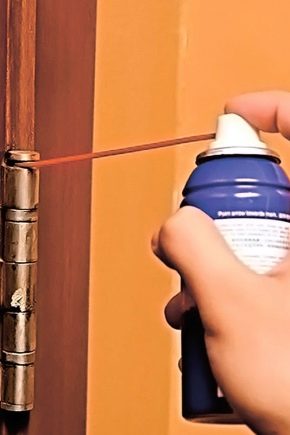
The creaking of door hinges accelerates wear and tear and is very irritating to hearing and nerves. With proper care of the door fittings, the structure will remain serviceable longer. And inaction in such a situation in the long run will lead to breakage and replacement of the hinges. It is much easier and cheaper to take care of them in a timely manner. Regular lubrication will help prevent problems and prolong their life.

Why do the hinges squeak?
Door hinges begin to creak for various reasons. It is important to monitor their condition in order to avoid further wear. The main problems causing the appearance of a squeak are as follows.
- Insufficient lubrication. Over time, the lubricant expires. It thickens, spreads or dries up, blocking the normal movement of the door, which has a devastating effect on the mechanism.
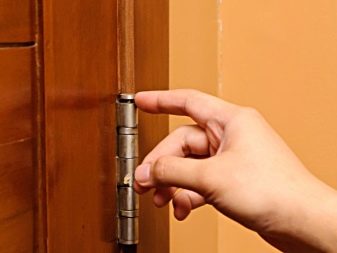
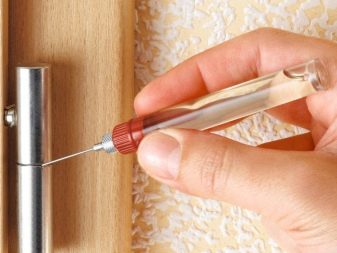
- Corrosion. The most common cause of squeaky hinges on street doors. The reason is high humidity, which is not tolerated by all metal elements of the door structure. If you do not take measures against rust, the movement of the blade is gradually hampered, and the iron is destroyed.
- Wear of parts. Long-term or improper operation of the door structure and its accessories leads to wear and tear of the mechanism and its breakdown.
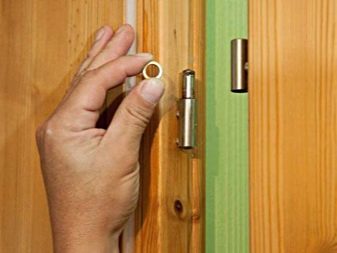
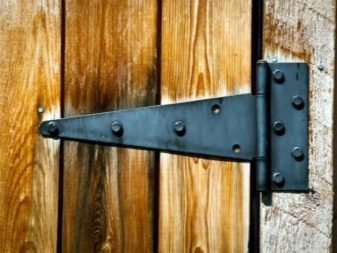
- Pollution. Dust and small debris often accumulate in the loop space. If nothing is done, dirt accumulates in the lubricant, gets on the hinge hinges and gradually begins to grind the metal like an abrasive.
- The door is skewed. If the door leaf is massive or a mistake was made during the installation of the structure, it can be skewed. This is not only detrimental to the fittings, but also leads to even greater loosening of the box itself and a change in the contours of the canvas. Usually, the consequences of an unprofessional installation make themselves felt in the very first days of operation of the door structure.
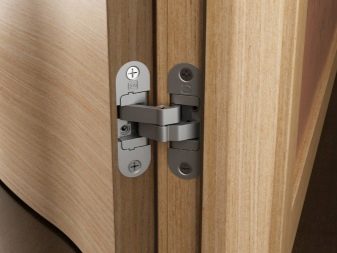

The most common flaws during installation, leading to unpleasant consequences: distortion of the mounted structure, incorrect or fragile installation of hinges, friction of the canvas against the sheathing, box or platband. The conclusion suggests itself: the creak of the door suggests that it is necessary to urgently deal with the cause of its appearance.
Choosing a lubricant
Before proceeding with the establishment of the normal and silent movement of the door leaf, you need to understand what kind of lubricant is suitable for this. There are various special compounds on sale that are suitable for street or interior doors. The most popular are the following ready-made products.
- WD 40. A very popular and effective oil material that allows not only to get rid of squeak and improve the sliding of metal parts, but also to remove corrosion. The product creates a protective film on the treated surfaces, preventing further spread of rust.


- Litol. Ideal anti-squeak lubricant for metal entrance doors. Due to its water resistance and frost resistance, it can be used outdoors. The most suitable option for preventing corrosion on the hinges of all external doors, gates and garage doors.


- Solid oil. Oily, viscous in consistency mass, one of the most used materials in practice. Suitable for lubricating moving parts in machinery.
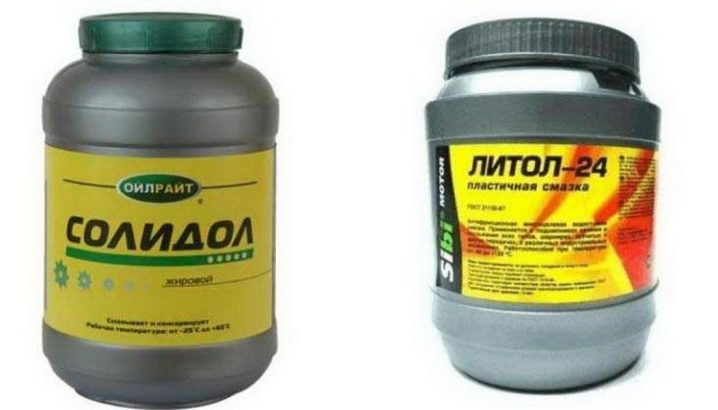
- Tsiatim. A multipurpose agent in the form of a thick oil with an antioxidant additive.
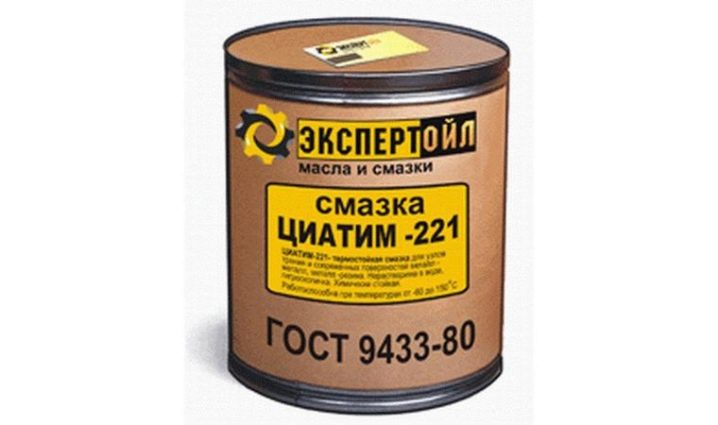
If you don't have a factory-made product for lubricating metal parts at hand, you can try one of the "folk" remedies. In the youth of our grandfathers, Litol and WD were absent, but they knew how to cope with the problem of squeaking with elementary improvised means.
- A simple pencil. The slate was crushed and poured into hinges, or they lifted the door leaf and put a piece directly into the mechanism, and he himself crumbled it into powder. The wax and oil in the lead effectively helped to get rid of the annoying squeak.
- Liquid soap. It is already a more modern means for greasing door hinges. It is always available at home. One drop of viscous concentrate is enough, and the web will become smoother and more silent. It does not help for long, but there is always an opportunity to repeat the treatment.

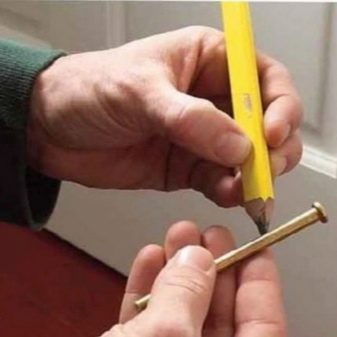
- Wax. There is always a candle in the house that can be used not only for lighting, but also to improve the sliding of worn mechanisms.
- Sunflower oil. Any vegetable fat from the kitchen of the hostess will help eliminate the squeak of the metal for a short time. Even a teenager can manipulate vegetable oil. No special skills or instructions are required for lubrication. But this method is considered temporary, since dust quickly adheres to the sunflower oil. The resulting dirt will quickly wear down the mechanism.
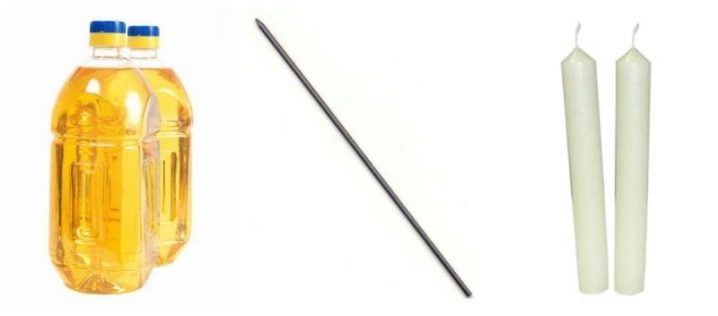
- Machine oil and working off them. A better option for car owners. They always have such a lubricant in stock.
- Oil for processing sewing machine parts. Needlewomen know that such a tool lubricates all moving mechanisms well. A plus is the absence of greasy marks and ease of application. In an apartment, such neatness will not hurt.
- Petrolatum. If none of the above is available, regular petroleum jelly is suitable for lubricating the metal. This, of course, is a temporary measure of "taming" the squeak, until you can get a special tool and carry out the procedure for the rehabilitation of the loops as expected.
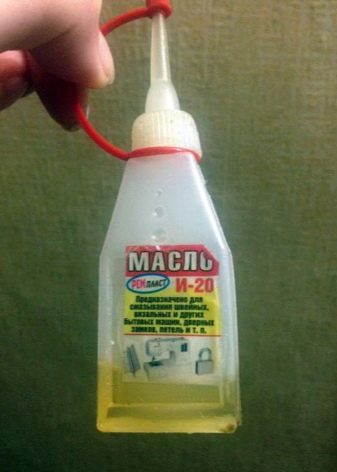
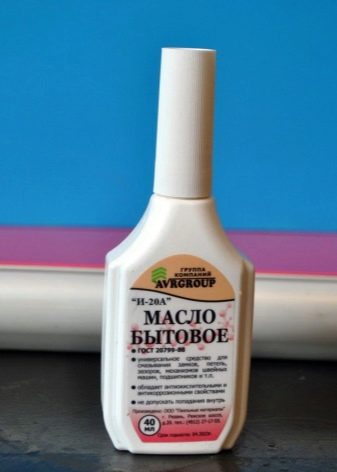
How to lubricate correctly?
The final result depends on the technique of applying the lubricant no less than on the means by which it is carried out. The hinges need to be lubricated correctly so that they do not creak. The composition applied to the desired area will help to solve the problem efficiently and without hassle. This will help prevent subsequent contamination of the mechanism and extend its service life. It is worth clarifying certain rules regarding the process of lubricating any door hinges.
- The product must be applied using a special oil can, using a nozzle with a thin tube or a medical syringe.
- If the hinges are disassembled, you can process them with a thin brush or a cotton swab lubricated with grease. The rag is less convenient for lubrication.
- To avoid staining the doors with excess oil, you need to use a dry paper towel.
- When a door squeaks in a specific area, that area needs more intensive treatment. It is easy to find it by the external traces of abrasion.
- The inner part of the hinges needs a more generous oil treatment, since it is the working part of the mechanism that is exposed to wear.
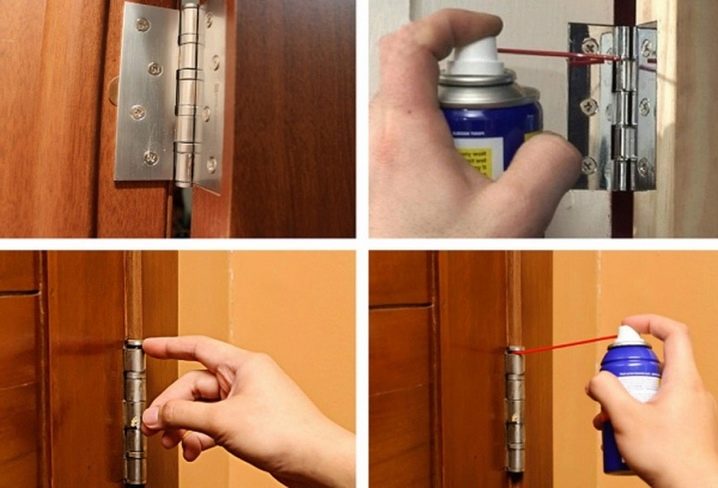
To process universal hinges without removing the door, you need to find the right lubricant and a bottle with a thin spout. If the product is already packaged in this way, you can get down to business right away. Otherwise, it is worth carefully pouring the oil composition into a convenient container. The grease should easily penetrate the dust and cover all working parts of the hinge mechanism with a protective film.
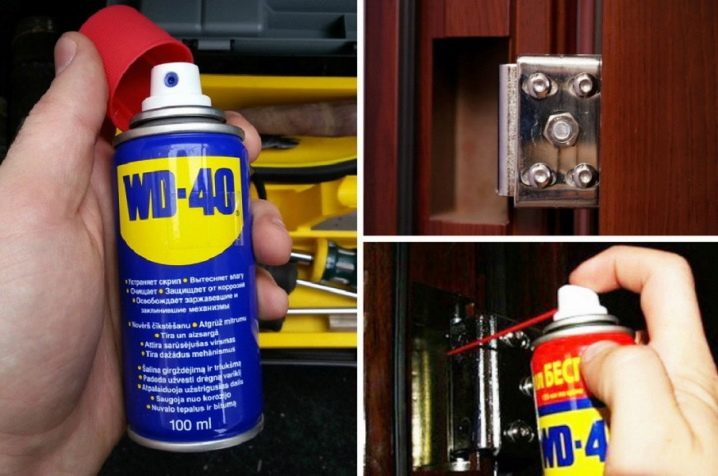
It is convenient to use the product in the form of a spray. Silicone and lithium greases are equally convenient. The latter one is sold in all auto dealerships and is great for handling anything squeaky and metallic. This method is very convenient for someone who is unable to lift a heavy door leaf. Grease is applied between the hinges, carefully filling the gaps with it.
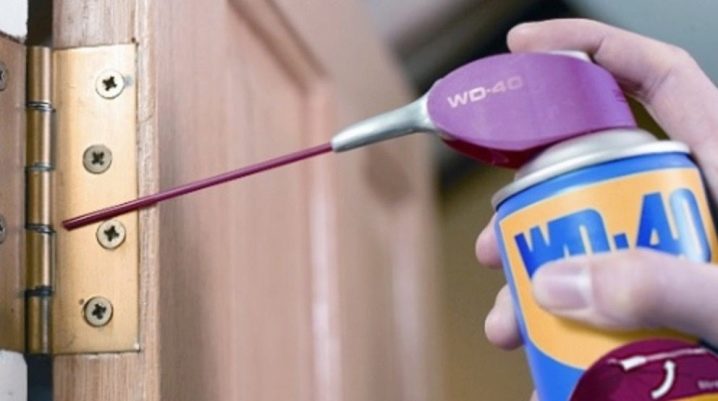
The second way to lubricate the door hinges is more troublesome. Suitable for split hinges. We'll have to remove the canvas by lifting it with a crowbar. Place it on top of two stable chairs and process as recommended. In this position, it is much more convenient to inspect the hinges, especially if you have to disassemble or repair them.
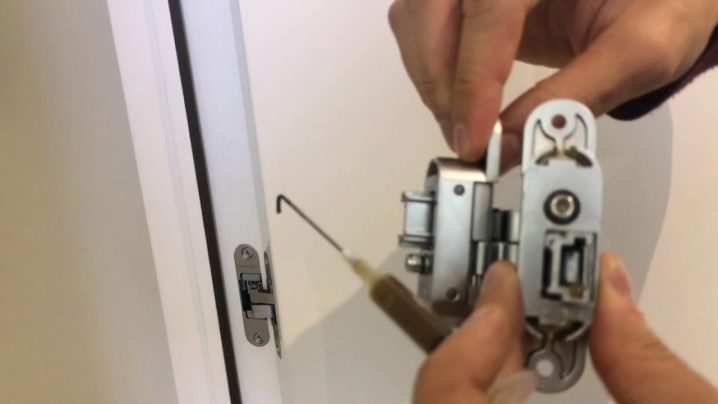
Prepare unnecessary old rags in advance. Always dry and clean to wipe off excess oily grease and clean contaminated areas. They must be cleaned before applying a lubricant. Otherwise, all the efforts expended will be in vain. Abrasive particles with a new portion of lubricant will damage the hinges even more actively. After lubrication, the door leaf must be hung in place.

Advice
It should be noted that the process of processing hinges is the same for any doors, regardless of whether they are interior, metal, outdoor or balcony. The processing plan may differ depending on the type of buttonhole.
- For a while, any edible oil will help to "stir up" tight loops: olive, coconut, etc.
- The loop design consists of two cards connected by a rod. The correct thing to do is to pull the rod out of the mechanism to lubricate it more effectively.
- Open the doors and remove the rod to either side. You can do this simply with your fingers, but it is more convenient to use pliers by turning the rod counterclockwise. Try not to rub the skin of your fingers on the doorframe or canvas.

- If the metal rod is rusted and difficult to pull out, there are two options for help: a screwdriver or a special corrosion converter. The tool is usually easier for the simple reason that it is always available.
- After removing the rod, you need to apply a thin layer of grease to it, and then process the hinges. It is convenient to do it with a spray bottle or from a bottle with a long thin spout.
- Check the door travel. If the squeaking continues, remove the rod from the mechanism and apply additional grease. Continue until the squeak stops. When the desired result is obtained, put the rod back.

- Use a clean rag or disposable paper towel to remove dirt. Excess oil must be removed immediately so that dust does not accumulate on them in the future.
- Rusted hinges should be treated with a ready-made rust converter before attempting to pull out the rod. If a transducer is not available, WD-40 Spray will do for easier rod removal.
- You should not try to knock out the stuck rod with hammer blows if the rust is too ingrained in the metal. There is a possibility of damaging the doors and the mechanism, adding to your problems.
- Gently pry the rod with a screwdriver after it has been greased for a while. It should come out of the loop pliantly.
- Use any sturdy metal object to push the rod comfortably. For example, with tweezers, knitting needles, or any tool smaller than a buttonhole.
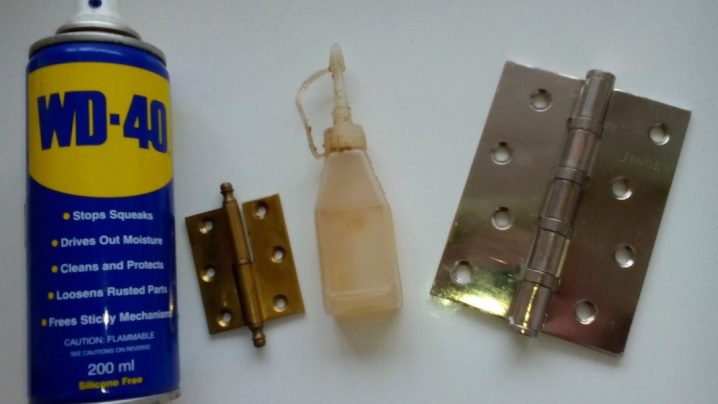
- The rod will have to be repaired as needed. If it is rusty or bent, it must be additionally treated against corrosion or straightened. In this case, the hammer will no longer be superfluous. You need to put the rod on a concrete surface and try to hit so that the metal is leveled, but not damaged even more.
- Rusty deposits can be sanded off with sandpaper.
- The lubricant should be applied starting with a small amount, adding oil as needed.
- Work with gloves.
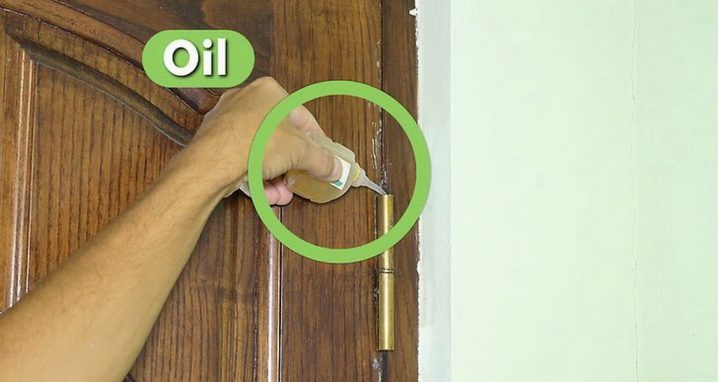
If the hinges on the door are too worn out and rusty, it is best to try to replace them with new ones. And further to prevent a similar situation, regularly taking preventive measures.
For information on how to lubricate door hinges so that they do not creak, see the next video.













The comment was sent successfully.